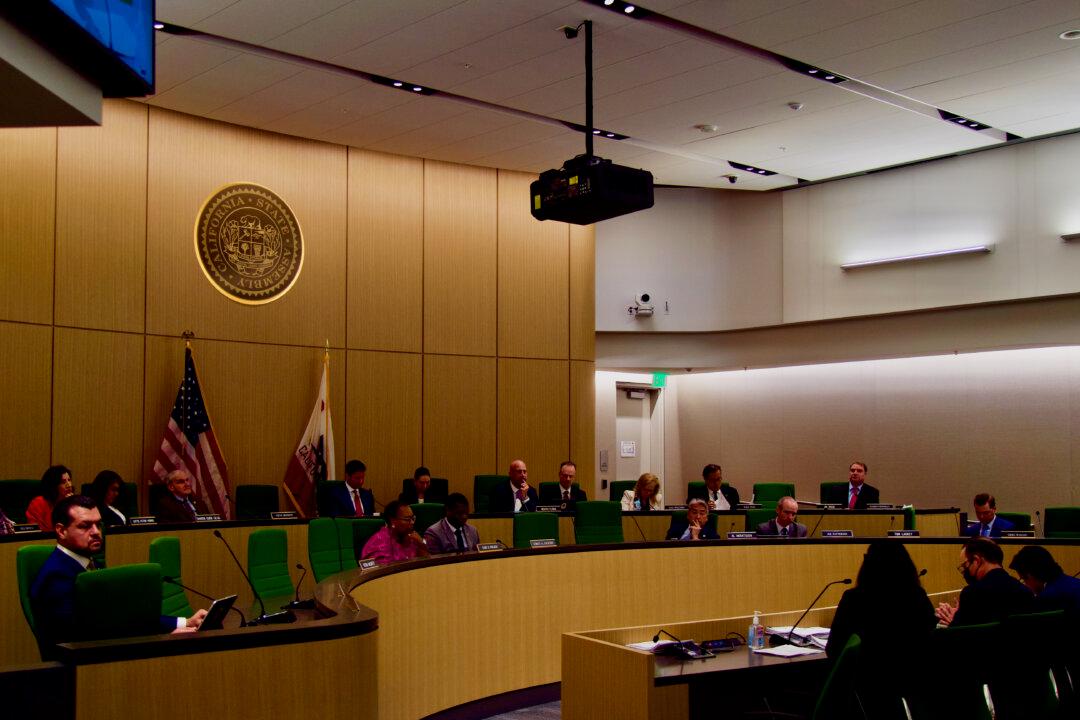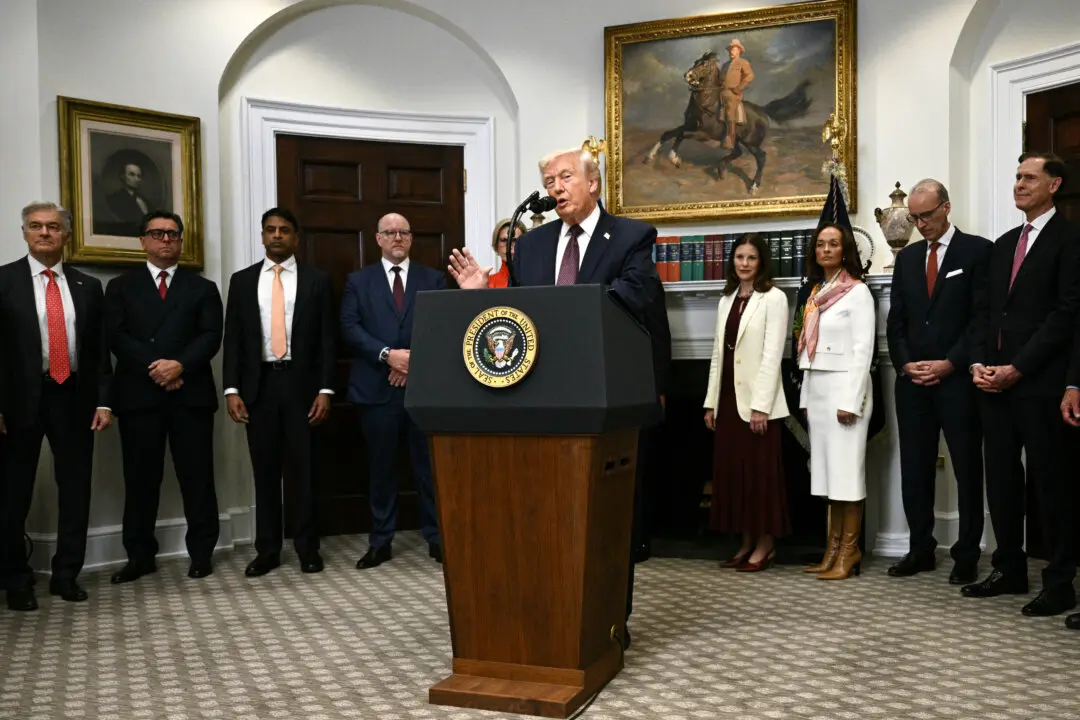With about two weeks to go before the June 15 deadline for the Legislature to pass a balanced budget, Democratic leaders released a budget plan on May 29 with significant changes to California Gov. Gavin Newsom’s recently revised budget proposal.
Compared to the governor’s plan, the legislative proposal restores billions of dollars in cuts to some programs while increasing revenues significantly by moving forward a proposed cap on net operating losses carried by businesses to be in effect from 2024 to 2026—thus increasing the amount of taxes that some businesses will pay.





